Psoriasis isn’t a one-size-fits-all skin sitch. This chronic inflammatory condition comes in many scratchy shapes and scaly forms, but it can also look different depending on your skin color.
Darker skin tones have higher levels of the natural skin pigment melanin than lighter skin tones do. This can affect the way psoriasis symptoms appear on Black skin.
How does psoriasis look on light skin versus dark skin?
On Black skin, psoriasis can look like purple, violet, or dark brown lesions with gray scales.
On white skin, the patches tend to be pink or red with silver scales.
Here’s how psoriasis symptoms and a diagnosis might differ depending on your skin tone.

What does psoriasis look like on Black skin?
Around 125 million people worldwide have psoriasis. A 2014 study involving more than 6,000 people found that the prevalence of psoriasis was about 1.9 percent in Black participants and 3.6 percent in white participants. But psoriasis rates among Black folks may be even higher IRL.
Psoriasis can be easy to spot on white skin. It shows up as pink or red lesions with silvery scales. But on Black skin, lesions tend to be purple or violet with gray scales. This might make the condition harder to diagnose.
PSA: According to the National Psoriasis Foundation, people with darker skin receive incorrect diagnoses or go undiagnosed with psoriasis more often than light-skinned people.
Pictures of psoriasis on Black skin
Here are some psoriasis pics to help you know what’s what.
What types of psoriasis can you have with dark skin?
Anyone can have psoriasis. It isn’t exclusive to one ethnic group or age group. But symptoms can vary based on your skin type and tone.
Here’s how the most common forms of psoriasis appear on Black skin.
Plaque psoriasis
Eighty to 90 percent of people with psoriasis have plaque psoriasis. On dark skin, the lesions may be purple, violet, or dark brown with gray scales. It usually pops up on open areas of skin like your scalp, knees, or arms.
Inverse psoriasis
This type of psoriasis likes to set up shop in nooks and crannies (like your armpits, groin, or butt 🍑 ). The patches can be dark red or purple but usually don’t have a scaly border.
Guttate psoriasis
About 8 percent of folks with psoriasis have guttate psoriasis. It’s most common in kids but can also affect adults. You’ll notice small, scaly, teardrop-shaped lesions.
Pustular psoriasis
This rare form of psoriasis brings pus to the party. You might notice white pustules on or near dark skin lesions. While the pus-filled bumps are annoying AF, they’re usually harmless.
Erythrodermic psoriasis
This rare skin condition can look like plaque psoriasis, but it’s way more severe. You may experience:
- blisters
- pustules
- intense pain
- severe itching
- changes in body temperature
- skin that looks burned
- a fluctuating or rapid heart rate
- skin that sheds in sheets rather than smaller flakes
Where can you find psoriasis on dark skin?
Psoriasis can show up anywhere on your body regardless of your skin color. But scalp psoriasis is especially common in Black people.
Up to 30 percent of people with psoriasis also experience swollen, painful, or inflamed joints.
Also, folks with psoriasis might be at a higher risk of:
- stroke
- anxiety
- depression
- low self-esteem
- psoriatic arthritis
- heart attack or stroke
What if it’s not psoriasis?
Psoriasis is sometimes mistaken for other skin conditions. Here’s what they usually look like on dark skin:
- Eczema. This common condition is known for reddish, raised lesions. You also might have purple, dark brown, or gray patches.
- Lichen planus. This autoimmune condition can cause white lesions or purplish bumps. In some cases it can appear inside your mouth.
- Fungal skin infections. These can happen when the fungus among us infects your skin. This type of infection can make your skin itch, burn, or crack.
- Cutaneous lupus erythematosus. This chronic autoimmune condition affects about two-thirds of folks with lupus. It can cause discolored patches on your skin.
How to get a diagnosis for psoriasis on Black skin
The only way to know for sure that you have psoriasis is to go to a dermatologist.
They’ll perform a physical exam, looking for signature signs of psoriasis like lesions, scaling, or flaking skin.
Your doc may also do a skin biopsy, removing a small amount of your skin to test it for psoriasis. This is a good option if a physical exam isn’t 100 percent accurate.
How to find the right dermatologist
It’s uber-important to see a dermatologist who is trained to treat psoriasis on Black skin. They will be able to tell if psoriasis is really to blame or if it’s another condition.
Ask your doc for a referral or look online for top-rated derms in your area.
How to treat psoriasis on dark skin
Psoriasis treatment depends on how severe your symptoms are.
According to the National Psoriasis Foundation:
- Mild psoriasis covers less than 3 percent of the body.
- Moderate psoriasis covers 3 to 10 percent of the body.
- Severe psoriasis covers more than 10 percent of the body.
Here’s a rundown of the best treatment options for all forms of psoriasis.
Topical treatments
Topical meds might do the trick if your psoriasis symptoms are mild. They can help you ditch the itch and reduce inflammation. Popular options include:
- retinoids
- topical steroids
- anti-inflammatory cream
- medicated soaps or shampoos
- moisturizing washes, creams, ointments, or lotions
Medications
Your doc might give you a systemic medication if your symptoms are severe. These meds come in liquid, injection, or pill form.
Some examples include:
- Soriatane (acitretin)
- Neoral, Sandimmune, or Gengraf (cyclosporine)
- Otrexup (PF), Rasuvo, or Xatmep (methotrexate)
Your doc may also suggest a biologic drug such as:
- Humira (adalimumab)
- Enbrel (etanercept)
- Cosentyx (secukinumab)
- Stelara (ustekinumab)
- Tremfya (guselkumab)
- Cimzia (certolizumab pegol)
- Skyrizi (risankizumab-rzaa)
Biologics target the parts of your immune system that are on the fritz. You can get them as an injection or infusion.
UV therapy
UVA and UVB light therapy (aka phototherapy) might help reduce your skin’s inflammatory response. Just make sure you get your doc’s approval first.
FYI: Tanning increases your risk of hyperpigmentation. This might be more noticeable on Black skin.
Lifestyle
While this may be easier said than done, try to minimize your exposure to certain factors in daily life that could trigger a flare-up:
- stress
- booze
- smoking
- medications
- certain foods 🌶️
You should also try to avoid:
- sunburn
- bug bites
- picking your skin
- nicks, cuts, or scrapes
- extremely hot or cold weather
How to deal with psoriasis on Black skin
Here are some top-notch tips to keep your psoriasis symptoms under control:
- Let it be. Picking or scratching at scales increases your risk of bleeding, oozing, or infection. If things get to “The Itchy & Scratchy Show” status, ask your doc which anti-itch creams are best for short-term or long-term use.
- Let it go. Stress is a major psoriasis trigger. Relaxing activities can help you stay calm. Yoga, meditation, and walking are all chill choices. You could also try getting creative or journaling!
- Lather up. Go with a daily moisturizer that can soothe scaly skin. Your doc can recommend a medicated cream if over-the-counter options don’t cut it.
- Be aware of your triggers. Avoid activities or food that make your skin go cray.
- Switch products. Some body products contain harsh chemicals that can irritate sensitive skin. Opt for lotions, creams, and shampoos with no added fragrances, dyes, or parabens.
tl;dr
Psoriasis is a chronic inflammatory skin condition that affects millions of people all over the world. But symptoms can vary on different skin tones.
Psoriasis lesions on Black skin can be violet, dark brown, or purple. You may also notice gray scaling skin. On white skin, lesions are red or pink and scales are silver.
The only way to get a legit diagnosis is to see a dermatologist. Just make sure you see one who is trained to treat skin conditions in dark-skinned folks. Psoriasis can be tricky to treat and may be misdiagnosed.
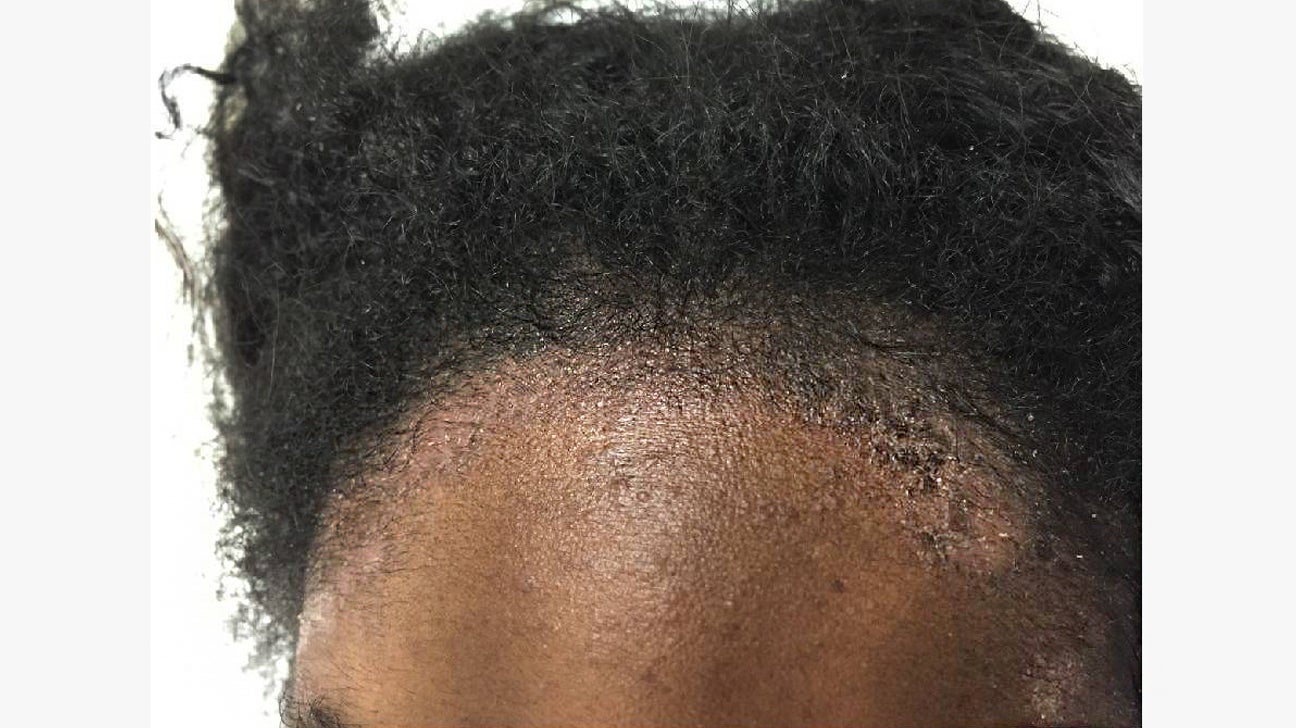
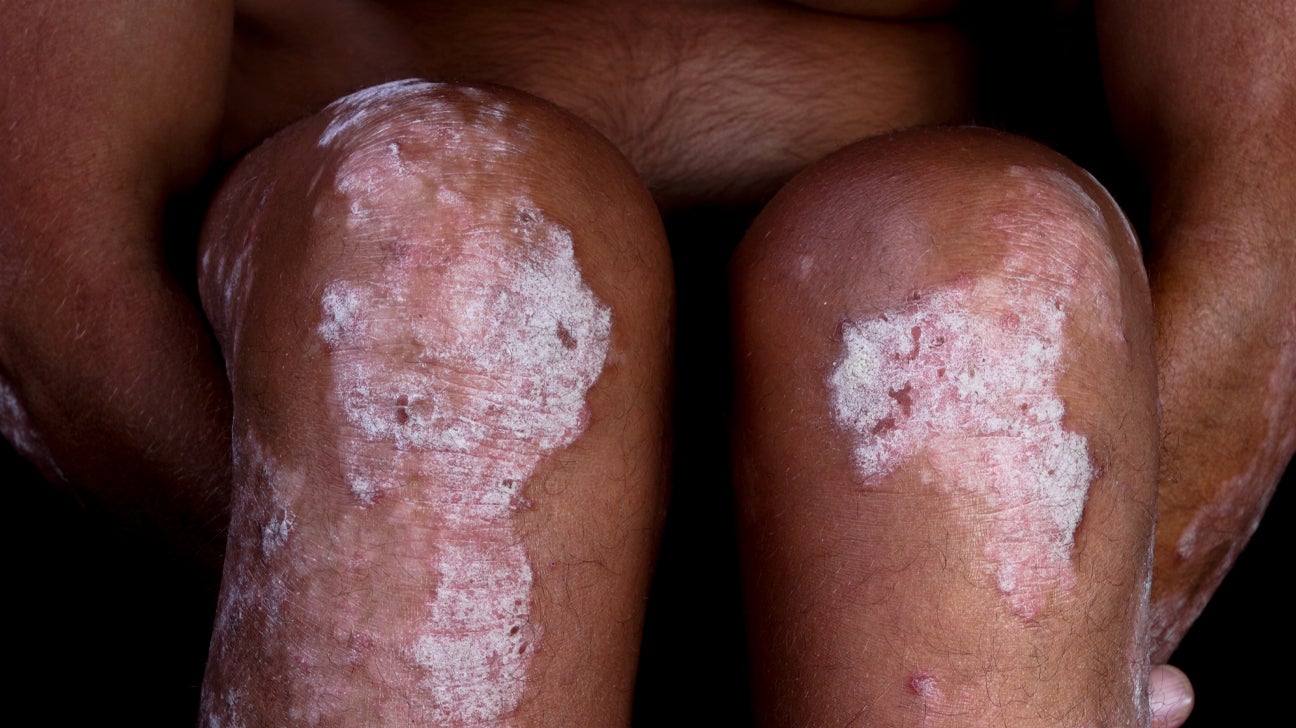


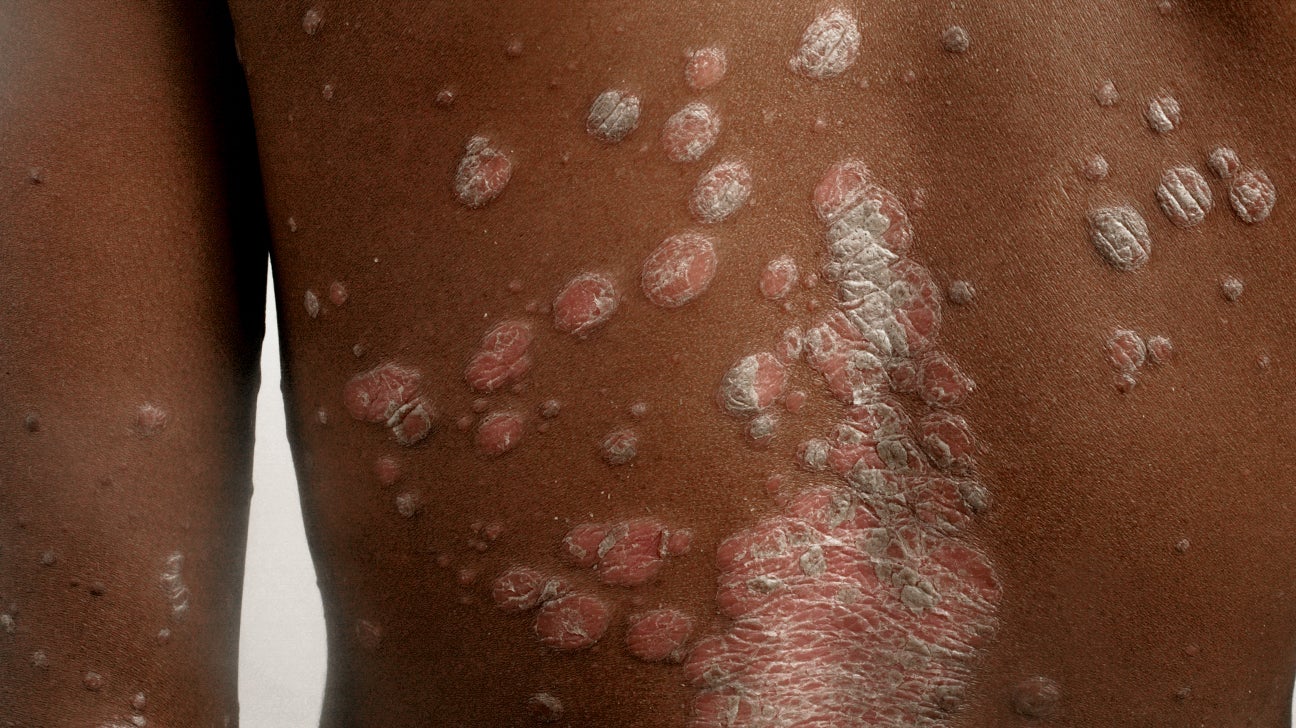
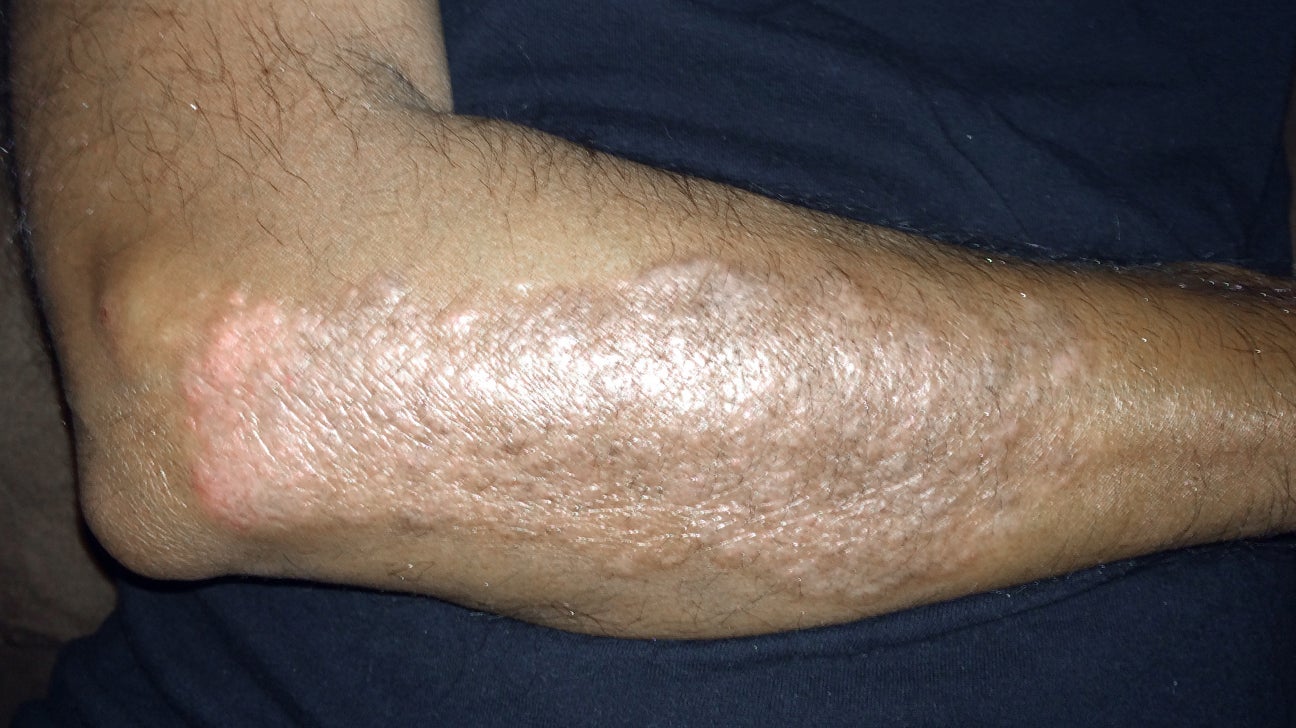
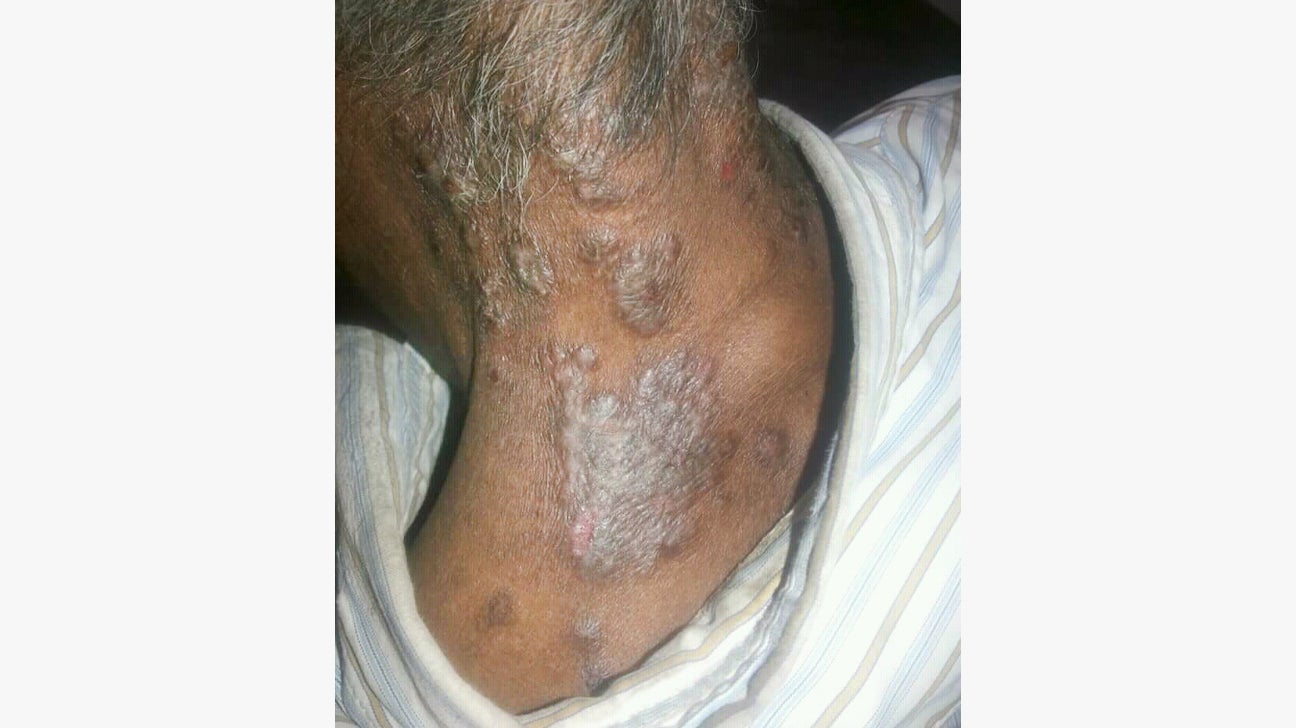
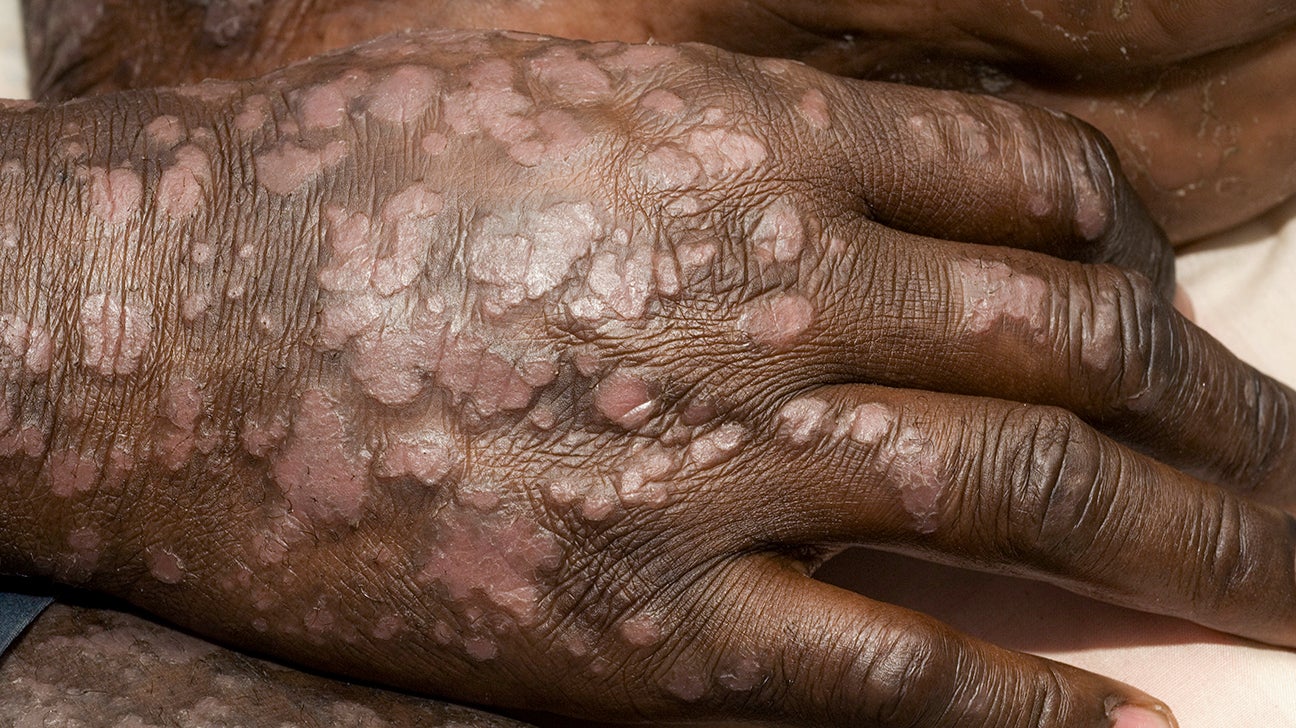

0 Commentaires